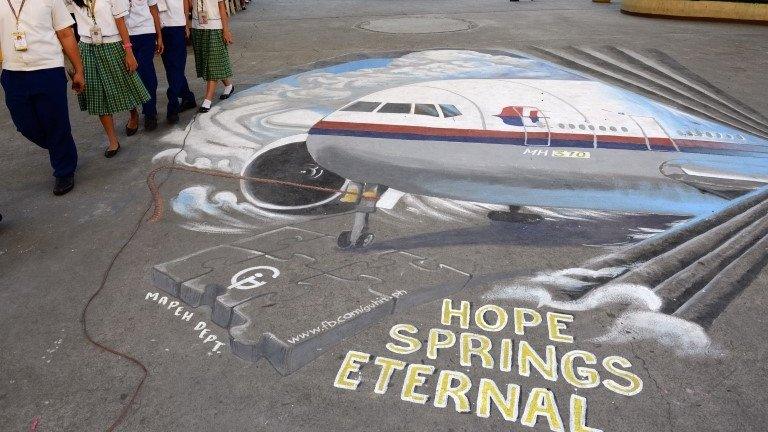MH370: Private company signs deal to resume missing plane search
- Published
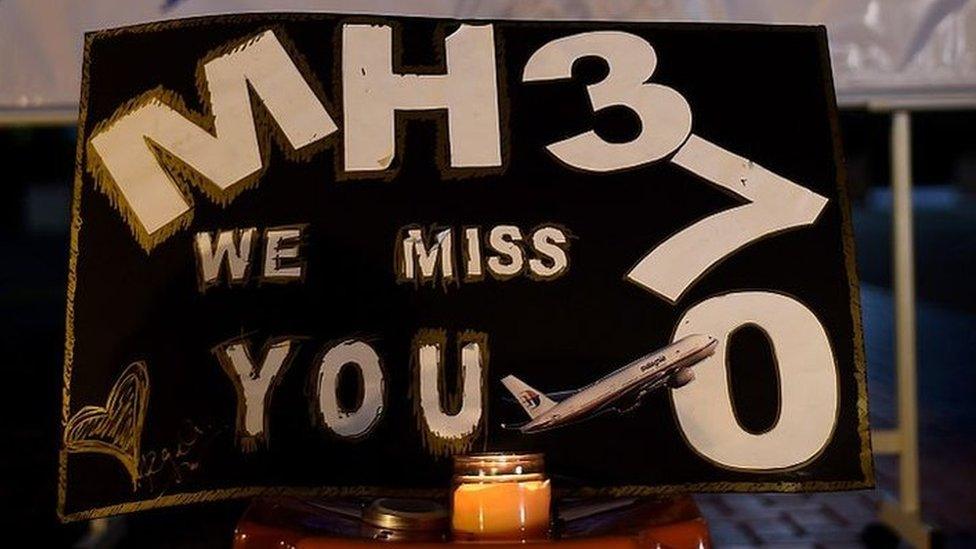
MH370 disappeared with 239 people on board
The search for missing Malaysia Airlines flight 370 will be resumed after the Malaysian government struck a deal with an underwater survey company.
US firm Ocean Infinity will only be paid if it finds the aircraft.
Malaysian Transport Minister Liow Tiong Lai said the country has an "unwavering commitment to solving the mystery of MH370".
The plane disappeared on 8 March 2014 en route from Kuala Lumpur to Beijing, with 239 people on board.
Its fate remains shrouded in mystery and the search operation was suspended in January last year. This led to protests from the relatives of those who were on board.
How did MH370 disappear?
The Malaysia Airlines flight took off for Beijing and should have flown on a north-easterly route over Cambodia and Vietnam, into China.
A few hours into the flight, the plane stopped sending communications, and the little information there is suggests the plane turned west and started flying south.
Tracking data released by the Malaysian authorities appeared to confirm that the plane crashed in the Indian Ocean, south-west of Australia.
What's been found so far?
The search for MH370 was one of the largest surface and underwater searches in aviation history and involved Australia, Malaysia and China.
The massive operation covered 120,000 sq km (46,332 sq miles) at an estimated cost of about A$200m (£120m; €133m), before it was suspended in January 2017 after 1,046 days.
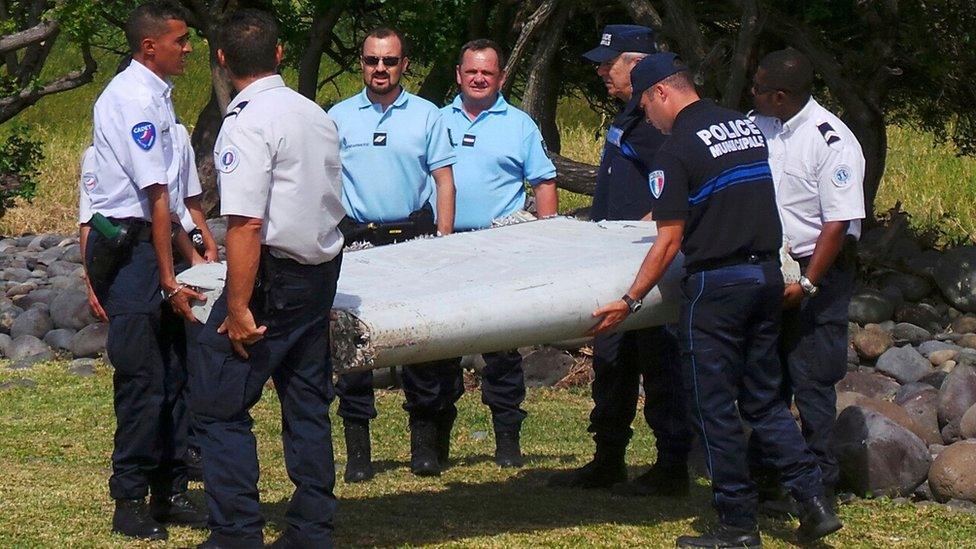
A part of the wing was found on the French island of Reunion
Although the underwater search turned up nothing, small pieces of debris from the plane were washed up on islands in the Indian Ocean and on the African coast.
Why was the search called off?
The Australian-led search was scheduled to end in January 2017.
By that time, the underwater drones and sonar equipment deployed from specialist ships combing the Southern Indian Ocean had turned up nothing.
But new analysis of the likely flight path suggests the plane may have crashed north of the zone where previous search operations were conducted.
Malaysia's transport minister said that, after examining the expert view, "there was an 85% probability of finding the wreckage in these new areas".
He said the mission of the search was to find the wreckage of the plane and its two flight recorders.
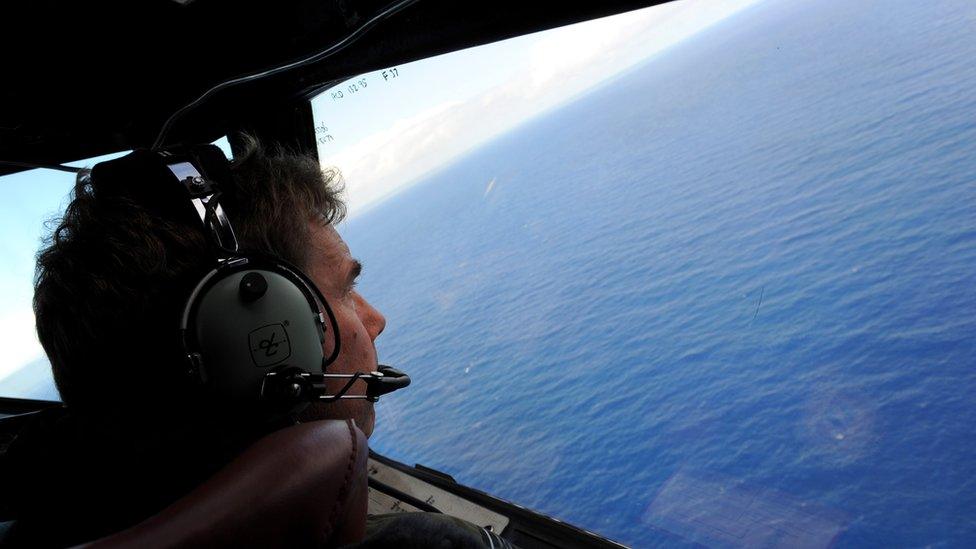
Searchers combed the southern reaches of the Indian Ocean
How is the new search operation different?
Ocean Infinity has leased a Norwegian research ship for the search. According to media reports, the vessel carries several autonomous submarines in the hope of being able to search much faster than the last operation.
The search will also be conducted in a much smaller area identified by the Australian Transport Safety Bureau. The 25,000 sq km (9,700 sq miles) area is to the north of the earlier search zone in the southern Indian Ocean.
The US company has not revealed the estimated cost of the operation.
The firm is operating the search on a centuries-old model known in the salvage industry as "no cure-no pay" - a type of deal common in the recovery of valuable sunken cargo.
Under such a deal, Ocean Infinity would shoulder the cost for the search and only get paid if it does indeed find the plane.
If the plane is found in the first 5,000 sq km (1,930 sq miles) of the search area, a fee of $20m (£15m) will be paid. This sum will increase incrementally up until $70m (£52m). All searches must be completed within 90 days.
- Published20 October 2017
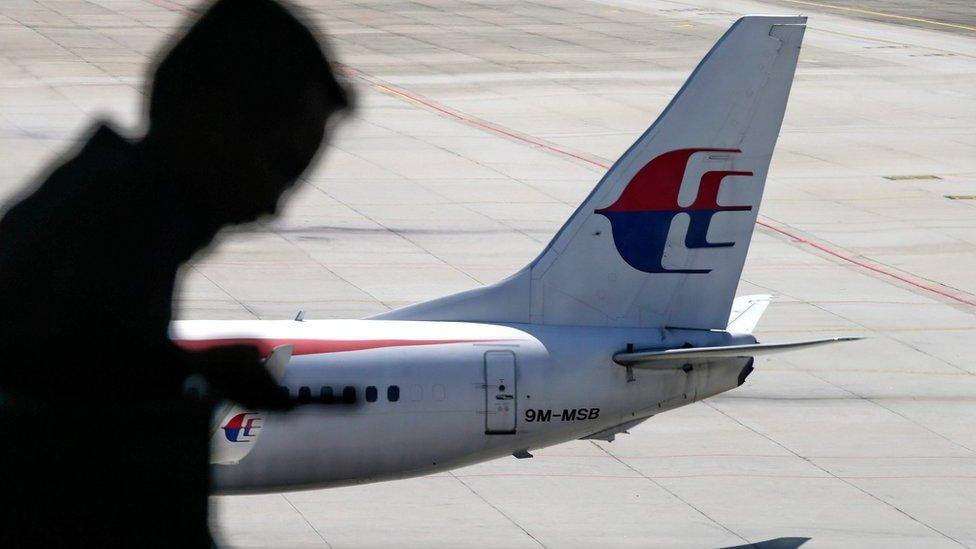
- Published3 October 2017
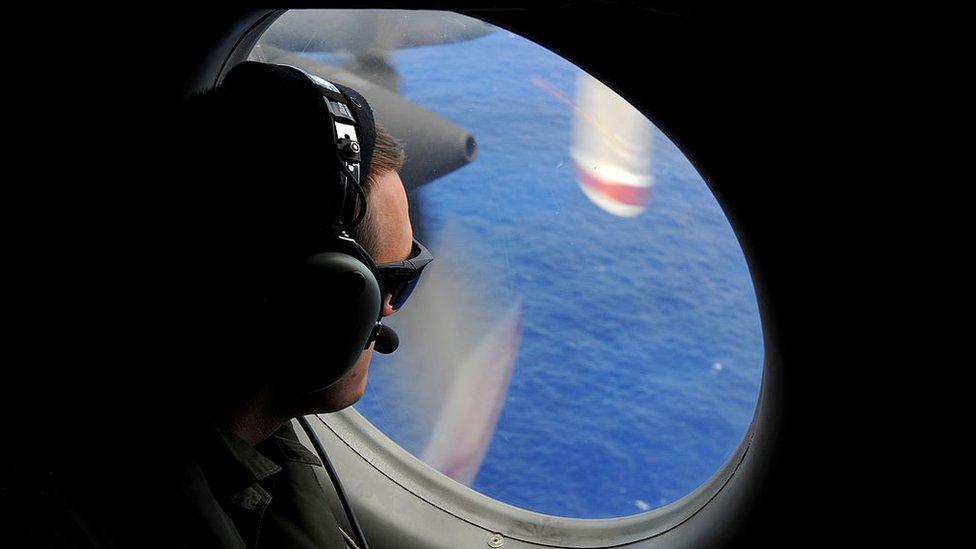
- Published17 January 2017
